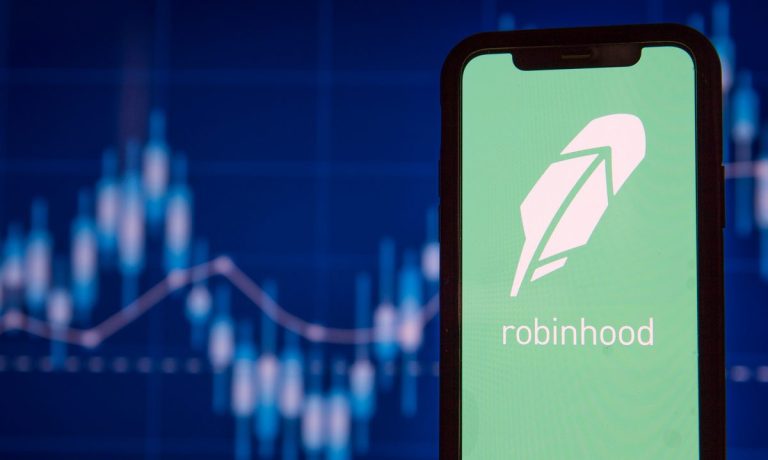
Popular online brokerage Robinhood said Wednesday (Nov. 3) it would give those companies issuing shares through its IPO Access platform the ability to put stocks aside for select members of the public, according to Reuters.
The company’s Directed Share Programs (DSPs) — also termed a “friends and family” offer by the company — will give employees, customers, vendors and others who have direct ties to the issuing company the opportunity to buy shares at the initial public offering (IPO) price.
Robinhood’s original IPO Access offering was rolled out in May.
In the past, large institutional investors and funds have usually been first in line for IPO allocations. Investment banks, which control share allocations, often give priority to wealthy Wall Street clients. This often leaves retail investors with few options, buying into a stock of a newly-listed company only after the shares begin trading and ending up with higher prices.
By contrast, Robinhood’s DSPs give members of the public who know the issuing company an opportunity to buy at IPO prices. The platform works with Wall Street-level banks, allowing retail investors to have a slice of the pie.
The firm has reportedly partnered with 12 companies that have made IPOs available to customers, with the latest offering ensuring that IPO shares are available to even more retail investors.
Robinhood also added 660,000 new funded accounts in Q3, PYMNTS writes, which brings the total funded accounts to 22.4 million. That’s a 97% increase since the previous year.
Read more: Robinhood CEO Says Over a Million Users Want to Try Its Crypto Wallet
The customer base has also almost doubled. There were 76% more monthly active users year-over-year, though the total of 18.9 million decreased from Q2 2021’s 21.3 million active users.
Additionally, the company plans to roll out a crypto wallet, with over 1 million users already on the wallet’s waitlist in late October.
According to CEO Vlad Tenev, the wallets are the result of demand — “a lot of people” have asked for the ability to send and receive crypto, transfer them to hardware wallets and onto the platform to consolidate.